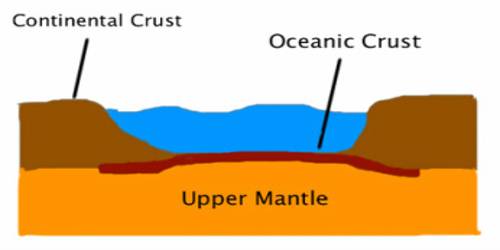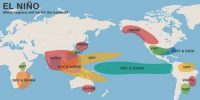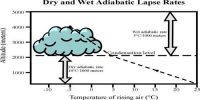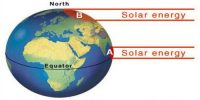Continental Crust: A Granitic portion of the Earth’s crust that makes up the continents. The thickness of the continental crust varies between 20 – 75 km. It is the comparatively wide part of the earth’s crust which forms the huge land masses. It is commonly older and more complex than the oceanic crust. It is the cover of igneous, sedimentary, and metamorphic rocks that form the continents and the areas of thin oceanic close to their shores, known as continental shelves.
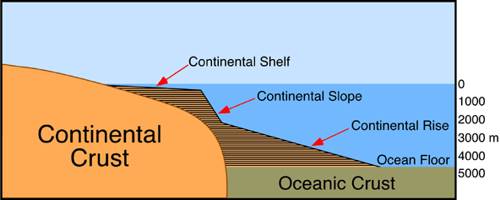
The continental crust consists of different layers, with a bulk composition that is intermediate to felsic. The usual thickness of continental crust is about 2.7 g/cm3, less dense than the ultramafic substance that makes up the layer, which has a thickness of around 3.3 g/cm3. Continental crust is also less thick than oceanic crust, whose thickness is about 2.9 g/cm3. It is also less dense than oceanic crust, though it is significantly thicker; mostly 35 to 40 km versus the usual sea depth of around 7-10 km. About 40% of the Earth’s surface is now underlain by continental crust.
